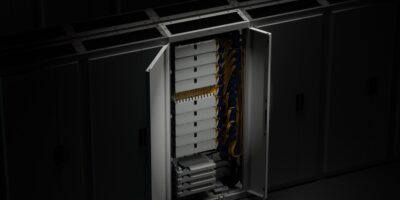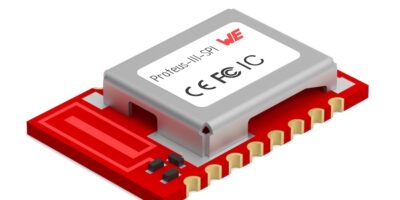Lidar technology is a strong emerging trend in the computer vision landscape but the focus of attention – and investment – has been in its hardware. Using lidar data in real-time is complex and costly, says Outsight. Assessing and selecting the right hardware without any standard makes it even more challenging and threatens to slow down market adoption, warns the company.
In terms of software, integrators and solution providers who are not 3D experts require a processing solution that solves the complexity of using lidar data regardless of the hardware supplier.
In response, 3D spatial intelligence specialist, Outsight has introduced what it claims is the first real-time lidar software engine which allows application developers and integrators to seamlessly use lidar data from any hardware supplier.
It is a lidar pre-processor – a real-time software engine that turns any lidar into a spatial intelligence device.
The augmented lidar software engine is delivered embedded in the lidar-agnostic edge computing device, the Augmented Lidar Box (ALB). The ALB provides a comprehensive set of features that are commonly required in almost every application (e.g., localisation and mapping, 3D SLAM, object ID and tracking, segmentation and classification). It only requires an Arm CPU and its artificial intelligence does not rely on machine learning, so it is power-efficient and does not need any training or annotation, says Outsight.
Raul Bravo, president and co-founder of Outsight, observed: “As it happened every time in modern-day history of technology adoption, we’re convinced that the key condition required for lidar to become mainstream is the emergence of enabling software.”
There is no lidar hardware that can fit all applications and contexts. The ALB is an enabling computing layer regardless of the end-user application and lidar supplier, so integrators and solution providers are not constrained by the limitations of specific sensors.
Outsight develops real-time 3D lidar perception solutions. It aims to make lidar-based spatial intelligence become ‘plug & play’, so it can be used by application developers and integrators in any market. Using any lidar with its pre-processing capabilities allows smart machines and smart cities to achieve “an unprecedented level of situational awareness,” says the company.







